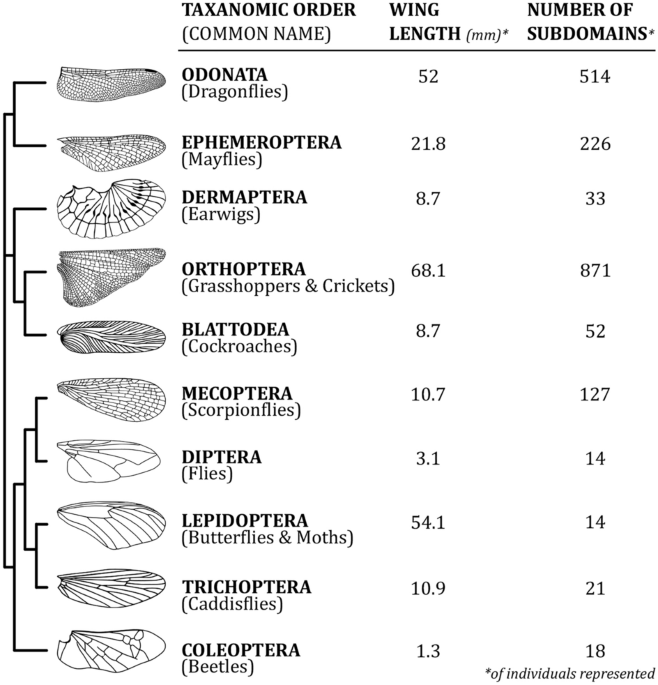Heart failure (HF)-related factors potentially lead to sarcopenia. Ultrasound (US) assessment has all the advantages of being used in clinical practice to assess muscle architecture. This study aimed to assess the relationship between the quadriceps femoris (QF) muscle architecture with the gender, age, body mass index (BMI), muscle strength and physical function in older adults with HF with preserved ejection fraction (HFpEF) as well as to assess the difference in these relationships between the two genders. Patients 70 years and older with HFpEF were included. The gender, age and BMI were collected. The QF muscle thickness, the QF muscle echo-intensity, the subcutaneous fat tissue thickness (FT) and the subcutaneous fat tissue echo-intensity were assessed by the US. The six-minute walk test, the short physical performance battery (SPPB), the timed up and go test (TUG), and the gait speed test (UGS) were used to assess physical function. The five-repetitions sit-to-stand test (5-STS) was performed to assess muscle strength. Bivariant Pearson correlations and subsequent multivariate linear regression analysis were conducted. Seventy older adults with HFpEF [81.00 (5.97) years] were recruited. The FT showed a correlation between poor and moderate muscle strength and physical function in women with HFpEF. The FT explained 24.5% of the 5-STS variance, 32.4% of the SPPB variance, 31.5% of the TUG variance, 28.6% of the UGS variance, and 21.4% of the FGS variance in women. The US assessment could allow clinicians to assess muscle architecture biomarkers related to muscle strength and physical function in older adults with HFpEF. Trial registration NCT03909919. April 10, 2019. Retrospectively registered. - READ MORE
By Nature.com
Thu, 15 Dec 2022 10:15:43 GMT








